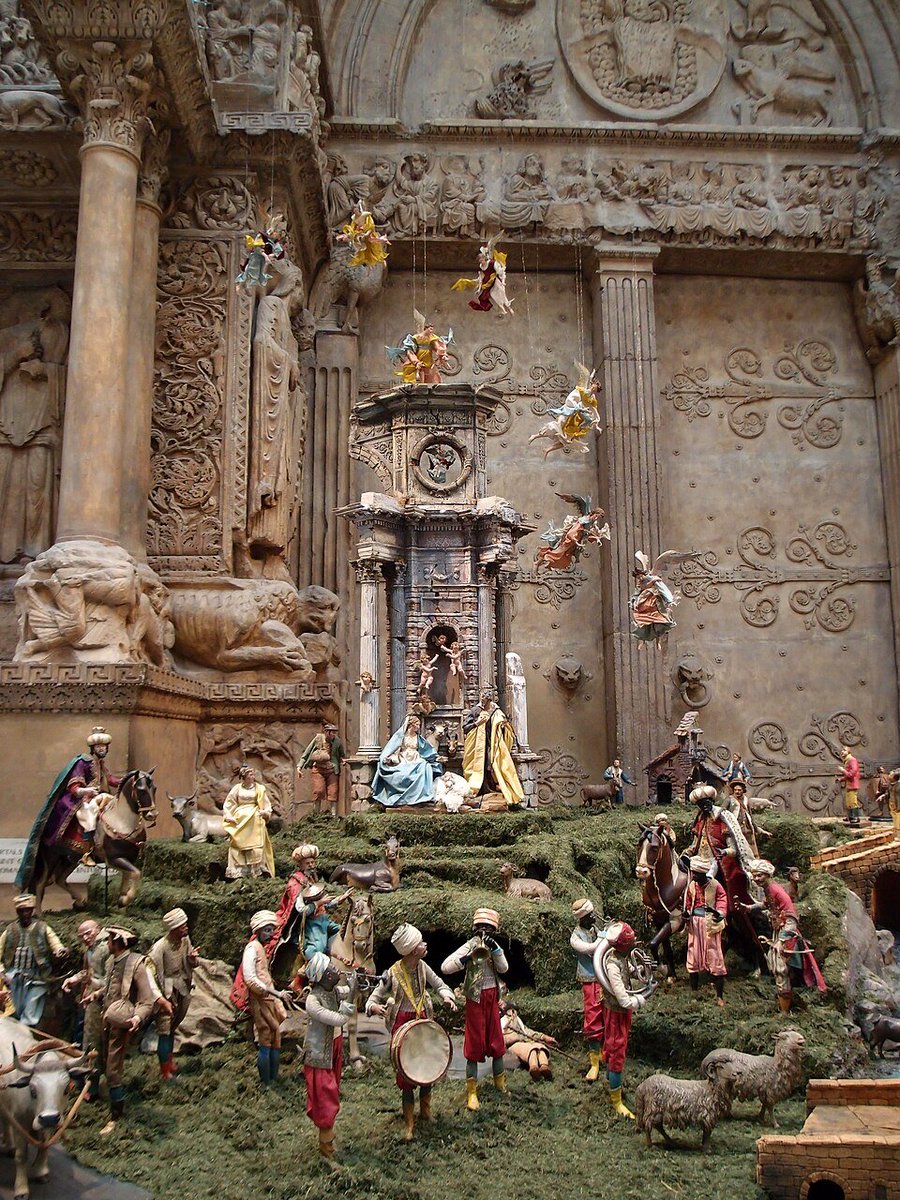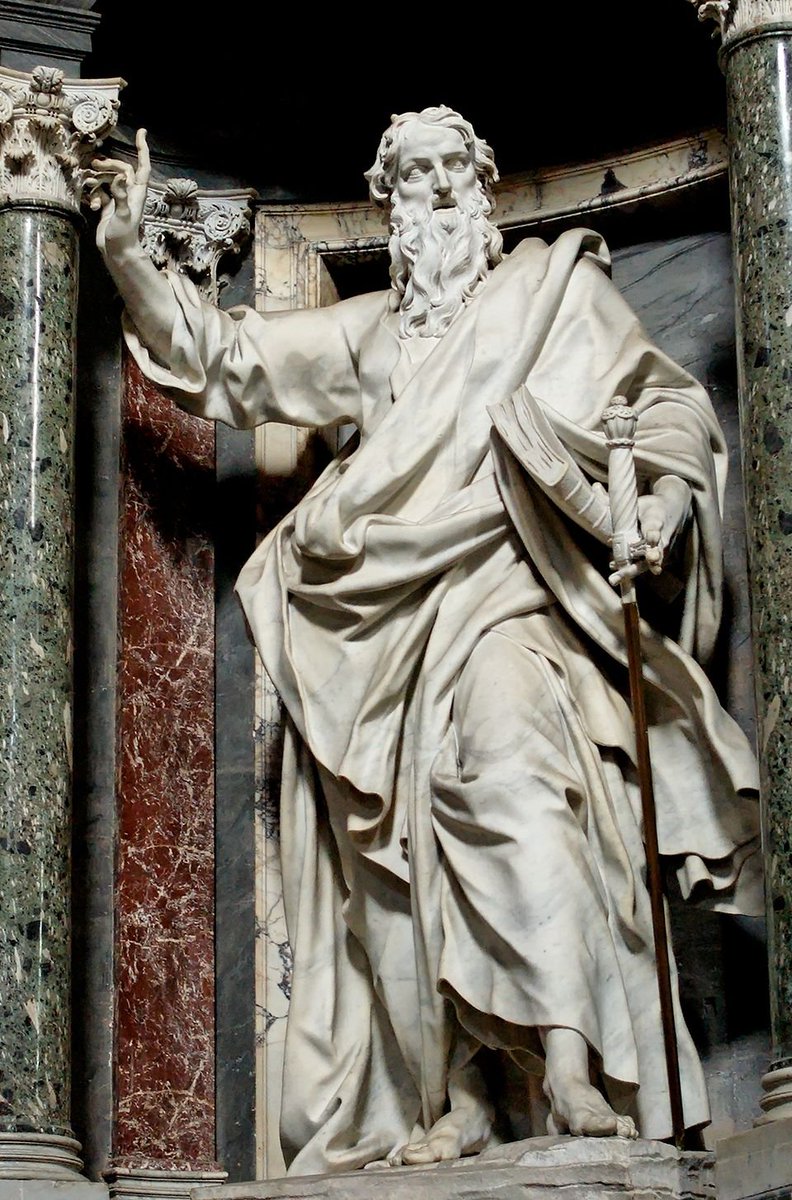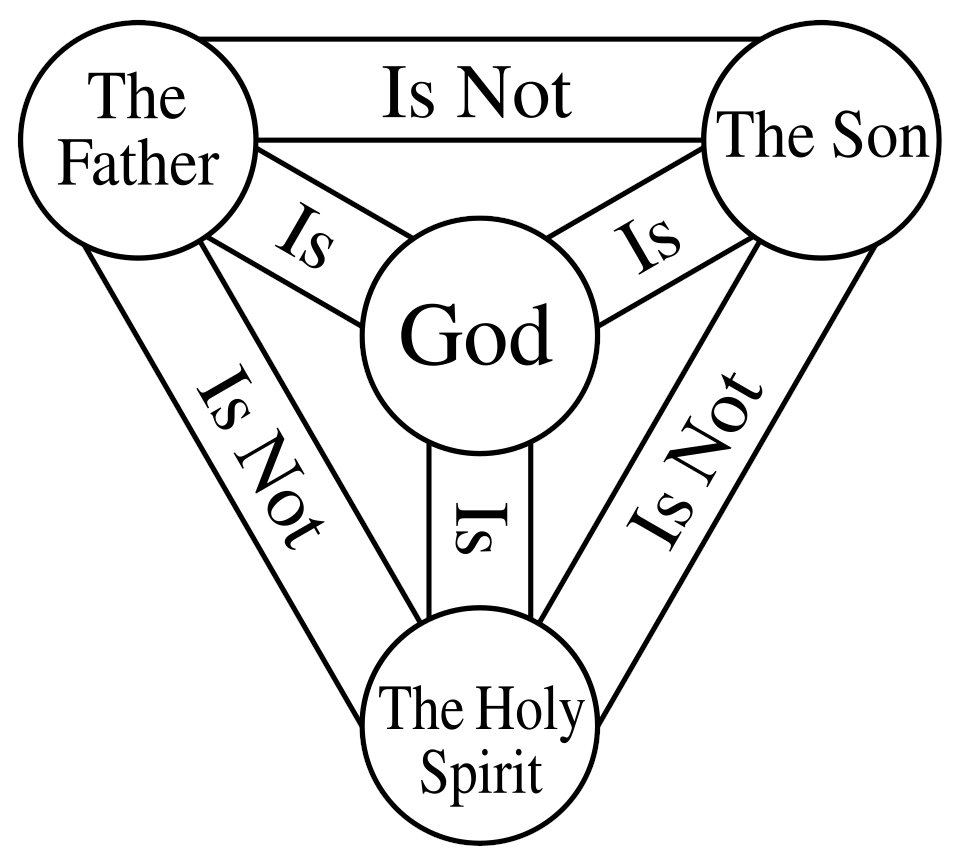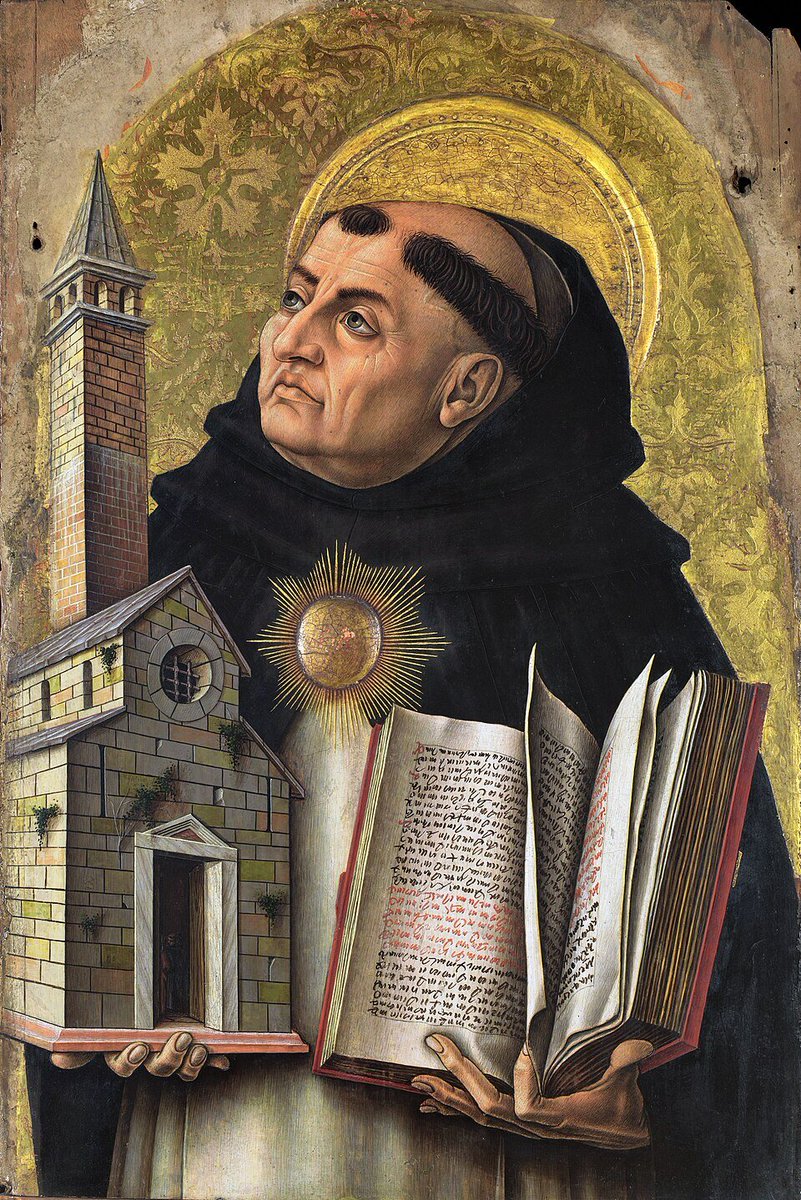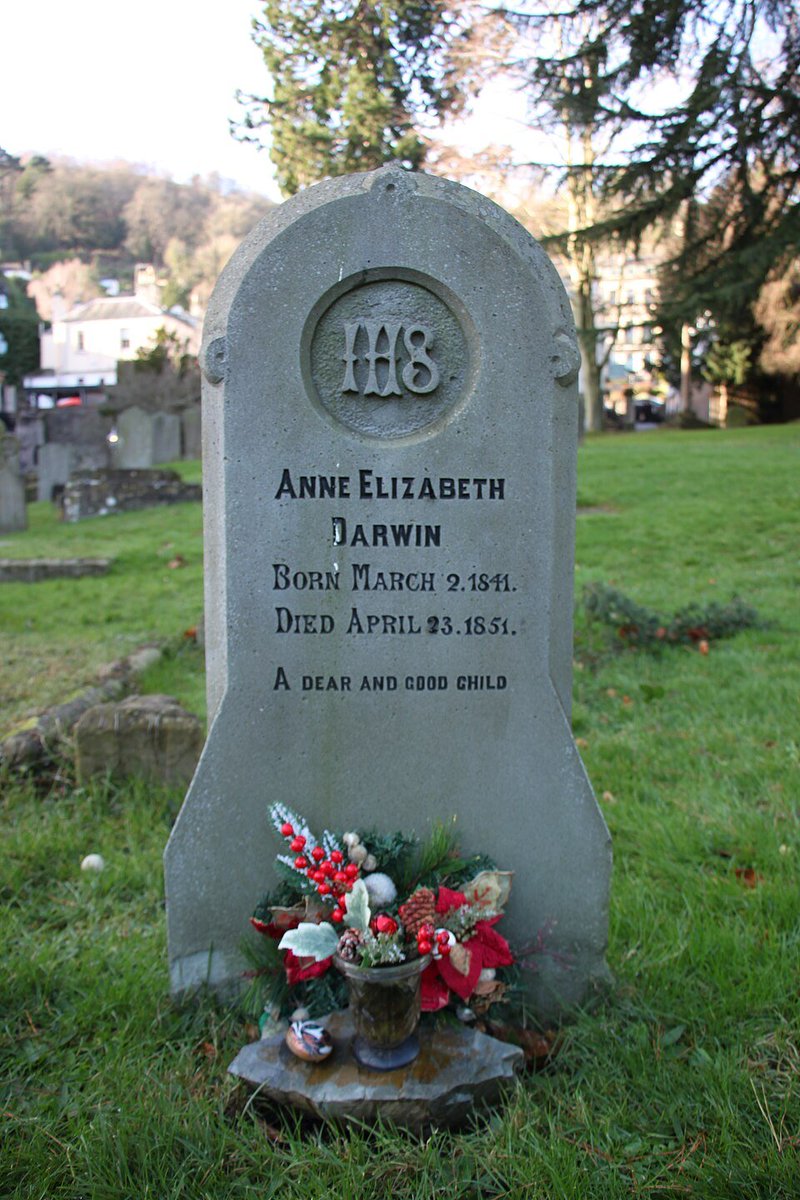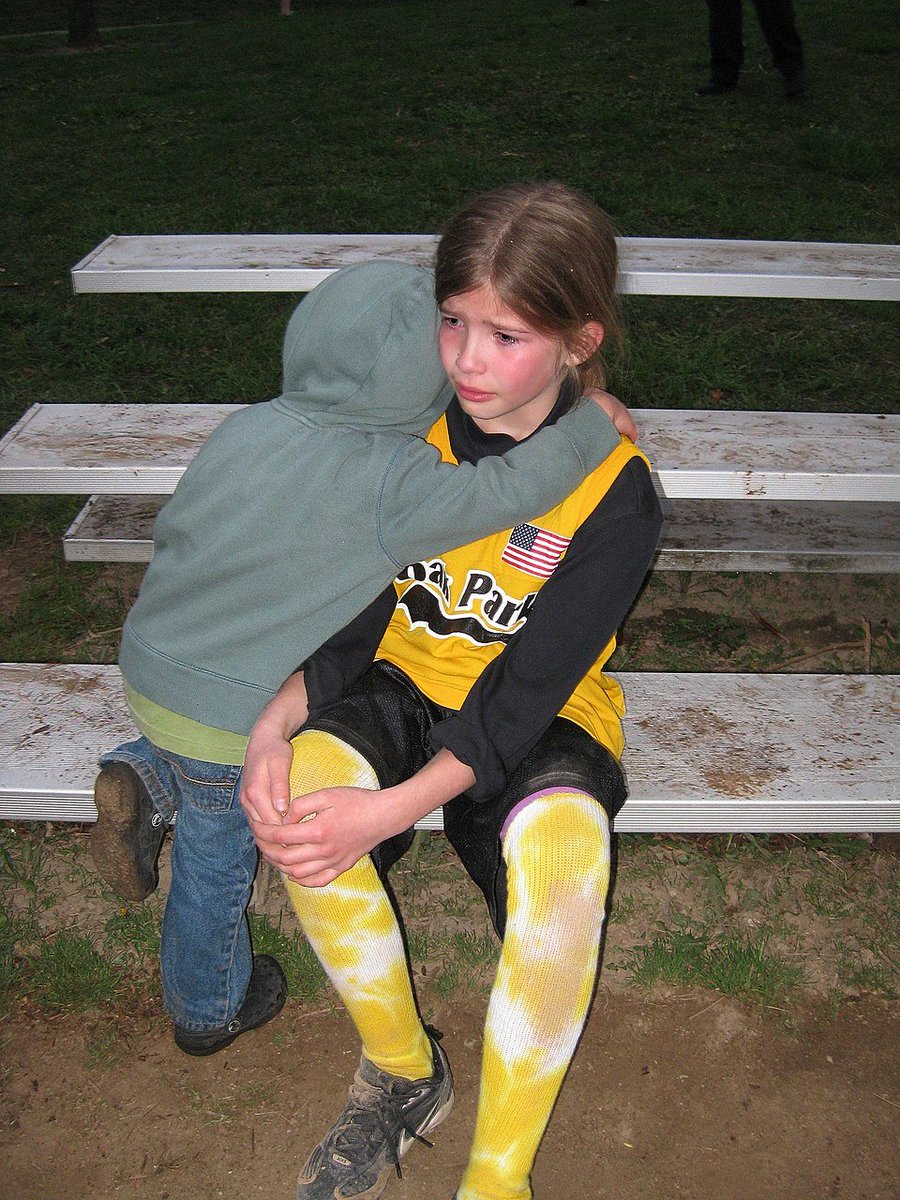Why Western Art is not dead?
These 15 sculptors are fighting hard to keep western art alive, yet you likely haven't heard of them. 🧵
These 15 sculptors are fighting hard to keep western art alive, yet you likely haven't heard of them. 🧵

1. Jago (Jacopo Cardillo)
An Italian sculptor known for his incredibly detailed marble works that echo the techniques of Renaissance masters, blending realism with emotional depth.
An Italian sculptor known for his incredibly detailed marble works that echo the techniques of Renaissance masters, blending realism with emotional depth.
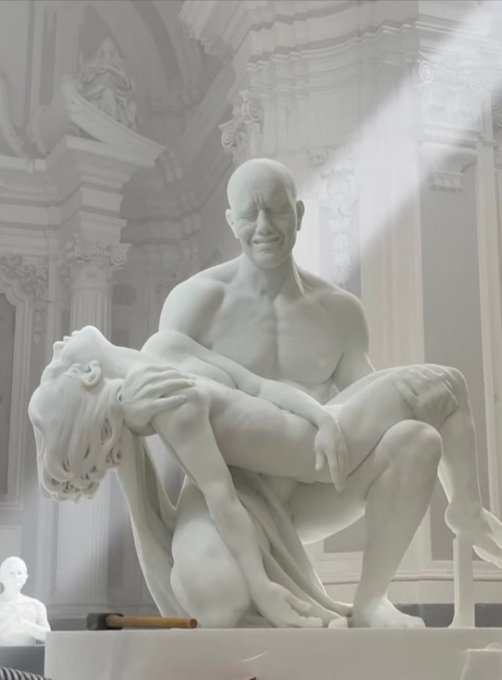
2. Benjamin Victor
An American sculptor who specializes in classical and realist sculptures, often working on public monuments that showcase his skill in depicting human emotion and historical themes.
An American sculptor who specializes in classical and realist sculptures, often working on public monuments that showcase his skill in depicting human emotion and historical themes.

3. Luo Li Rong
A Chinese sculptor who creates life-size bronze sculptures inspired by Renaissance and Baroque techniques, known for her flowing, delicate forms.
A Chinese sculptor who creates life-size bronze sculptures inspired by Renaissance and Baroque techniques, known for her flowing, delicate forms.

4. Sabin Howard
Known for his classical sculptures that emphasize anatomical precision and classical themes, often working on large-scale public commissions.
Known for his classical sculptures that emphasize anatomical precision and classical themes, often working on large-scale public commissions.
5. Alexander Stoddart
A Scottish neoclassical sculptor renowned for his monumental works that adhere closely to classical traditions.
A Scottish neoclassical sculptor renowned for his monumental works that adhere closely to classical traditions.

6. Etsuro Sotoo
A Japanese sculptor deeply influenced by classical and Baroque styles, especially in his work on the Sagrada Familia.
A Japanese sculptor deeply influenced by classical and Baroque styles, especially in his work on the Sagrada Familia.

7. Ron Mueck
Australian sculptor Ron Mueck, based in the UK, is renowned for his hyper-realistic sculptures that explore human life stages with profound emotional depth, evoking strong empathetic responses.
Australian sculptor Ron Mueck, based in the UK, is renowned for his hyper-realistic sculptures that explore human life stages with profound emotional depth, evoking strong empathetic responses.

8. Vittorio Tessaro
Italian sculptor Vittorio Tessaro specializes in figurative bronze sculptures, particularly female figures, and his work, active since the late 1970s, is exhibited across Europe and recognized in the art market.
Italian sculptor Vittorio Tessaro specializes in figurative bronze sculptures, particularly female figures, and his work, active since the late 1970s, is exhibited across Europe and recognized in the art market.

9. Marek Cinko
Marek Cinko is a Slovak artist known for his contemporary sculptures and artistic installations, often exploring themes of nature and human interaction through innovative and thought-provoking designs.
Marek Cinko is a Slovak artist known for his contemporary sculptures and artistic installations, often exploring themes of nature and human interaction through innovative and thought-provoking designs.
10. Zenos Frudakis
An American sculptor known for his realistic and expressive figurative sculptures, with a strong grounding in classical techniques.
An American sculptor known for his realistic and expressive figurative sculptures, with a strong grounding in classical techniques.

11. Joan Coderch and Javier Malavia
Spanish sculptors collaborating on a project whose theme is “the human being as the core of art.”
Spanish sculptors collaborating on a project whose theme is “the human being as the core of art.”

12. César Orrico
A young Spanish classical figurative sculptor working essentially on the association of wood and bronze, or wood and marble powder.
A young Spanish classical figurative sculptor working essentially on the association of wood and bronze, or wood and marble powder.

13. John Newman
"People often misunderstand my work as surreal, because they see these disparate things. And because it’s not seemingly geometric or representational, it’s something that is not easily categorizable.”

"People often misunderstand my work as surreal, because they see these disparate things. And because it’s not seemingly geometric or representational, it’s something that is not easily categorizable.”

14. Hossein Behzadi
An Iranian sculptor known for his detailed and expressive works that draw from classical and Renaissance influences, blending traditional techniques with contemporary themes.
An Iranian sculptor known for his detailed and expressive works that draw from classical and Renaissance influences, blending traditional techniques with contemporary themes.
15. Sahar Motaharinezhad
A sculptor who combines classical art forms with modern sensibilities, focusing on detailed anatomical accuracy and movement in her works.
A sculptor who combines classical art forms with modern sensibilities, focusing on detailed anatomical accuracy and movement in her works.
How many of these artworks have you seen?
Who else should we add to this list?
Who else should we add to this list?
Bonus Artist and Artwork: A selection of portrait busts in marble, bronze, and terracotta by Jason Arkles. 

Discover the world’s most beautiful art and culture by joining my FREE weekly newsletter at .
Bonus: Sculpture by Antonio Reine
thecultureexplorer.beehiiv.com
Bonus: Sculpture by Antonio Reine
thecultureexplorer.beehiiv.com
• • •
Missing some Tweet in this thread? You can try to
force a refresh





